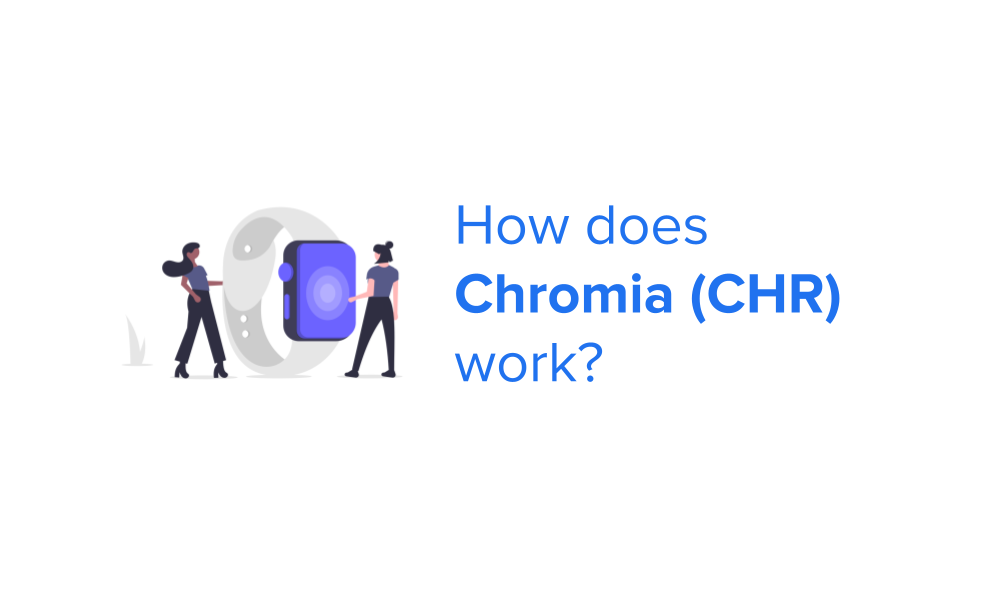Chromia is a blockchain platform that enables users to solve the current limitations of decentralized applications such as bad user experience, poor security and high fees. It seeks to make fundamental changes to the way dapps function and make them more scalable, efficient and good with user experience. CHR is the ERC20 native token of the platform.
“History does not repeat itself but it does rhyme” – Mark Twain. The quote is even more true when we talk about markets. In markets, there is constant disruption that takes out the bad firms and techniques and replaces them with new ones. Decentralized applications were a step in that direction. However, they face some issues in terms of their scalability. While in theory, Ethereum allows dapps to work efficiently on its platform. There are still a lot of limitations such as high fees, frustrating developer experience, and poor security. These prevent dapps from scaling efficiently. Chromia is working its magic to solve these limitations, let’s dive right into it!
What is Chromia?
Chromia is a blockchain platform that enables users to create decentralized applications that exceed the current shortcoming of current dapps. Chromia is currently developing a technical solution that will work by combing traditional relational databases and blockchain. Using these two technologies Chromia aims to enable a new generation of dapps to scale
beyond what is currently possible. Chromia was previously named Chromapolis. Highly qualified experts who were pioneers of coloured coins and blockchain 2.0 came together to develop this platform. Governments and big enterprises have also come forward to support Chromia.
Chromia offers a lot of features as a dapps creation platform. It offers seven times faster delivery as compared to traditional relational databases like SQL. At the same time, it offers ten times faster delivery as compared to traditional blockchains. It is currently being used for games (My Neighbour Alice, Mines of Dalarnia, and Chain of Alliance), DeFi protocols (Hedget) and enterprises (Capchap, Lingon and LAC Property Chain) alike. Some examples of games that employ Chromia are. Some examples of enterprises are
How does Chromia work?
The existing decentralized application have some scalability issues with them. According to Chromia a typical full node model doesn’t scale particularly well. This is because require users to run a full node. These full nodes have a complete copy of the system states. Therefore, severely limiting daaps from using optimal computations and storage resources.
In contradiction to the current model, Chromia uses a subset validator node model that is highly efficient. In this model individual dapps are hosted on a subset of validator nodes. Using these nodes, dapps can establish consensus on any modifications to the dapp state, and handle client queries. This model stops requiring a full node of the system daaps state to carry out proper functioning. However, the user has the option to run a full node as well.
The Chromia Token, CHR
The native governance token is the CHR token. CHR is an ERC 20 token. However, soon the token will transfer to a native blockchain. It helps in fostering a mutually beneficial relationship between developers, users, and investors. The main purposes of CHR tokens are to act as platform currency. Users can also use it for the payment of hosting services. Additionally, it is used for staking purposes on the platform to earn CHR tokens as a reward.


